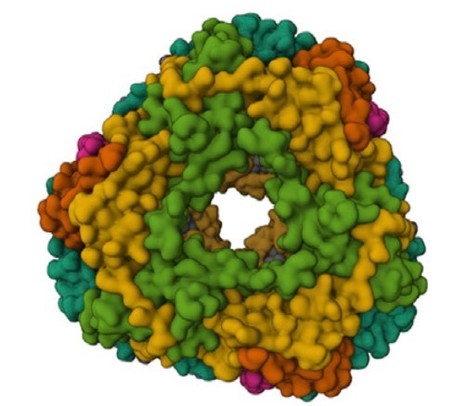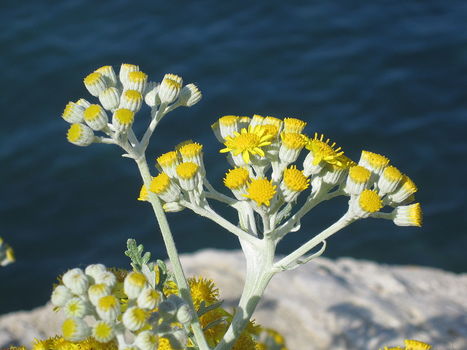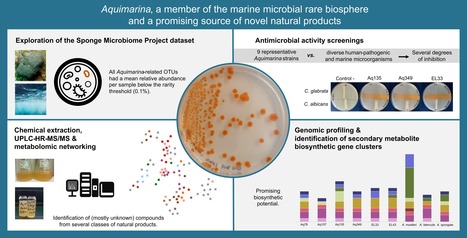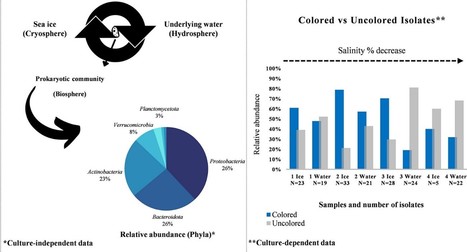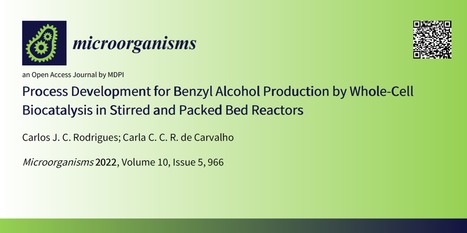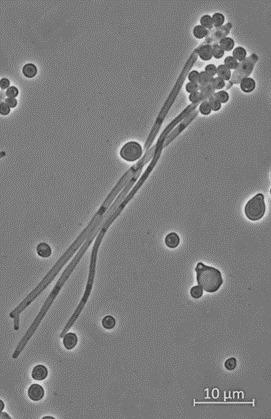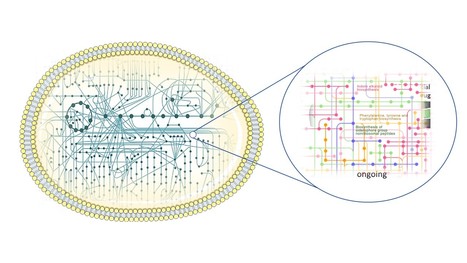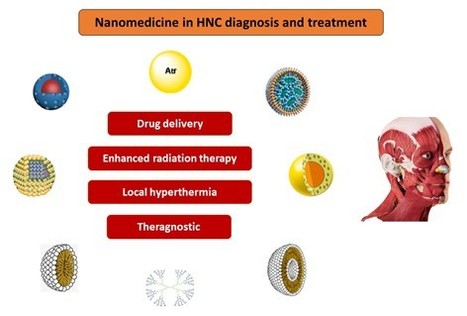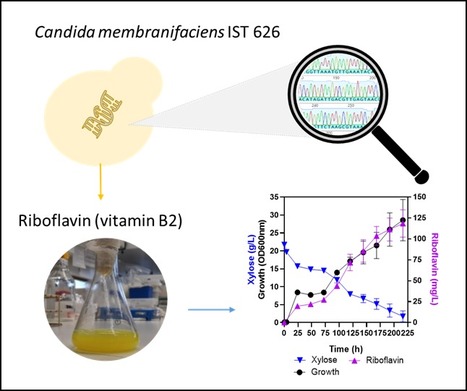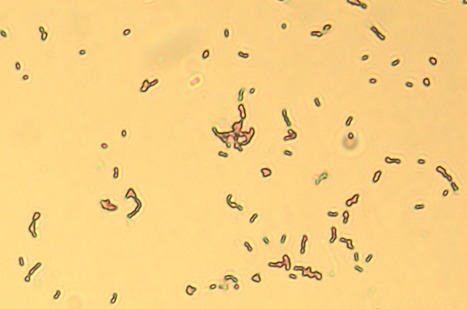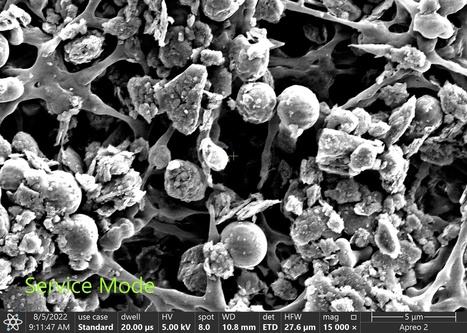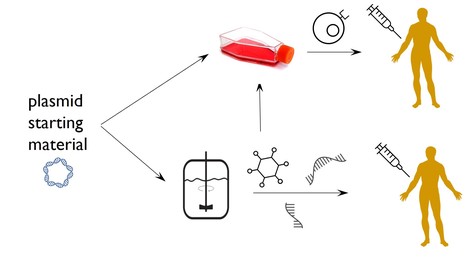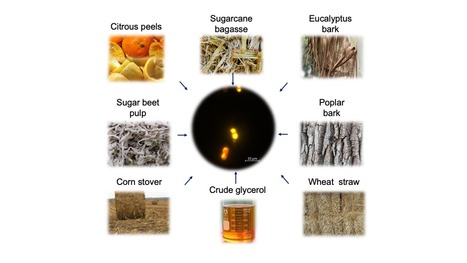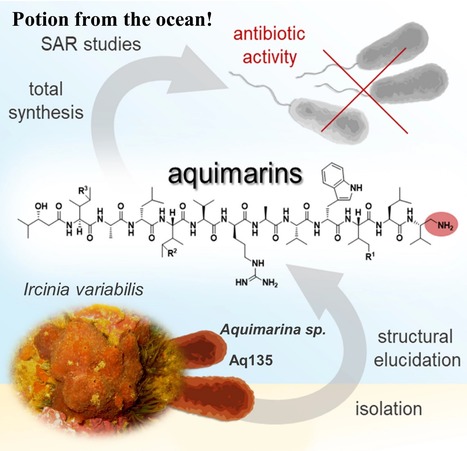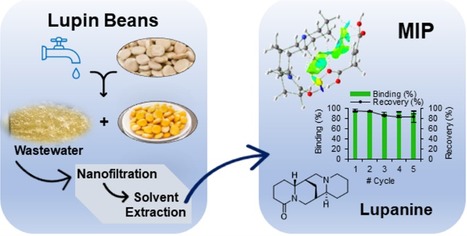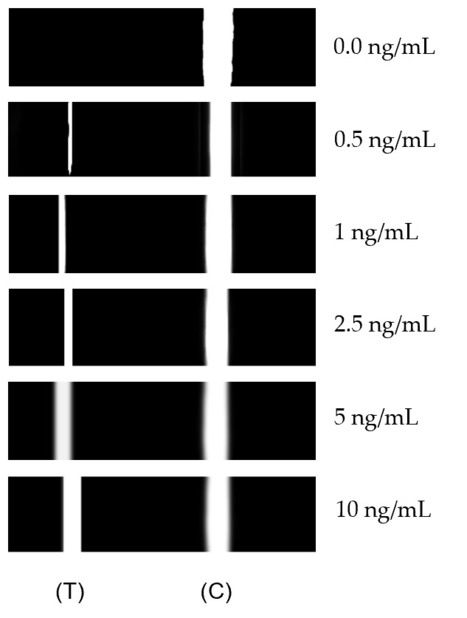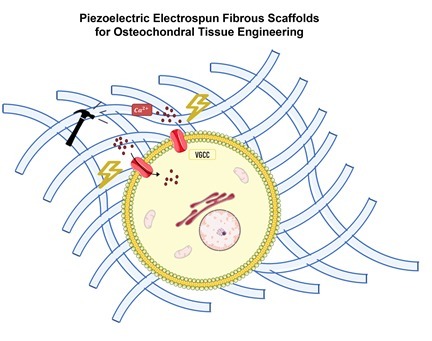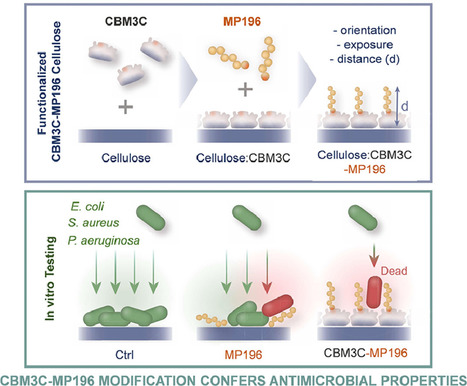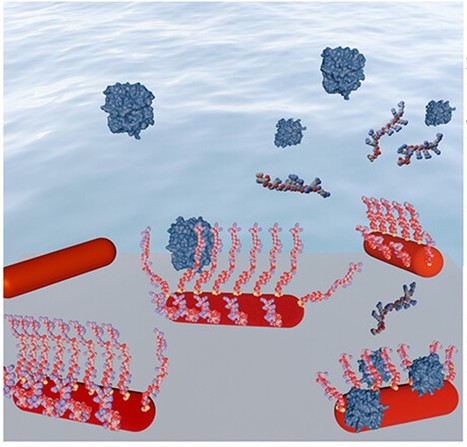
The ability of single-particle sensors to precisely detect/analyze individual entities may revolutionize medical diagnostics. In a paper published in ACS Applied Optical Materials, Rui Oliveira-Silva, Miguel Prazeres and colleagues from CQE and Eindhoven University of Technology describe a label-free plasmonic platform for real-time monitoring of proteolytic activity. The sensor comprises a random array of gold nanorods functionalized with a peptide susceptible to cleavage by thrombin, resulting in a blue shift in the longitudinal plasmon. By tracking the plasmon of individual nanorods, thrombin's activity was measured in real time. The sensor displays a dynamic range spanning over two orders of magnitude and can detect physiologically relevant levels of active thrombin down to 3 nM. This contribution to plasmon-mediated label-free sensors holds promise for applications ranging from diagnosing bleeding disorders to fundamental proteolytic and pharmacological studies.



 Your new post is loading...
Your new post is loading...

